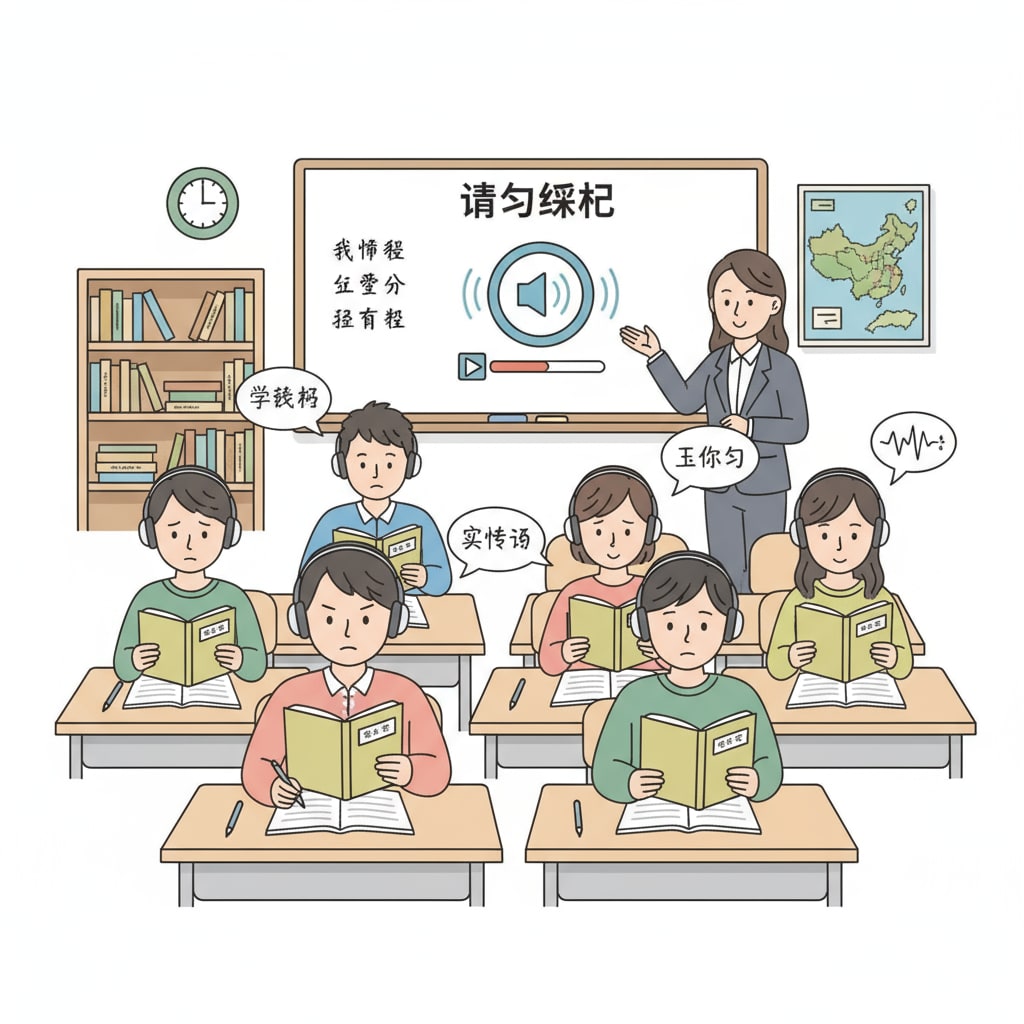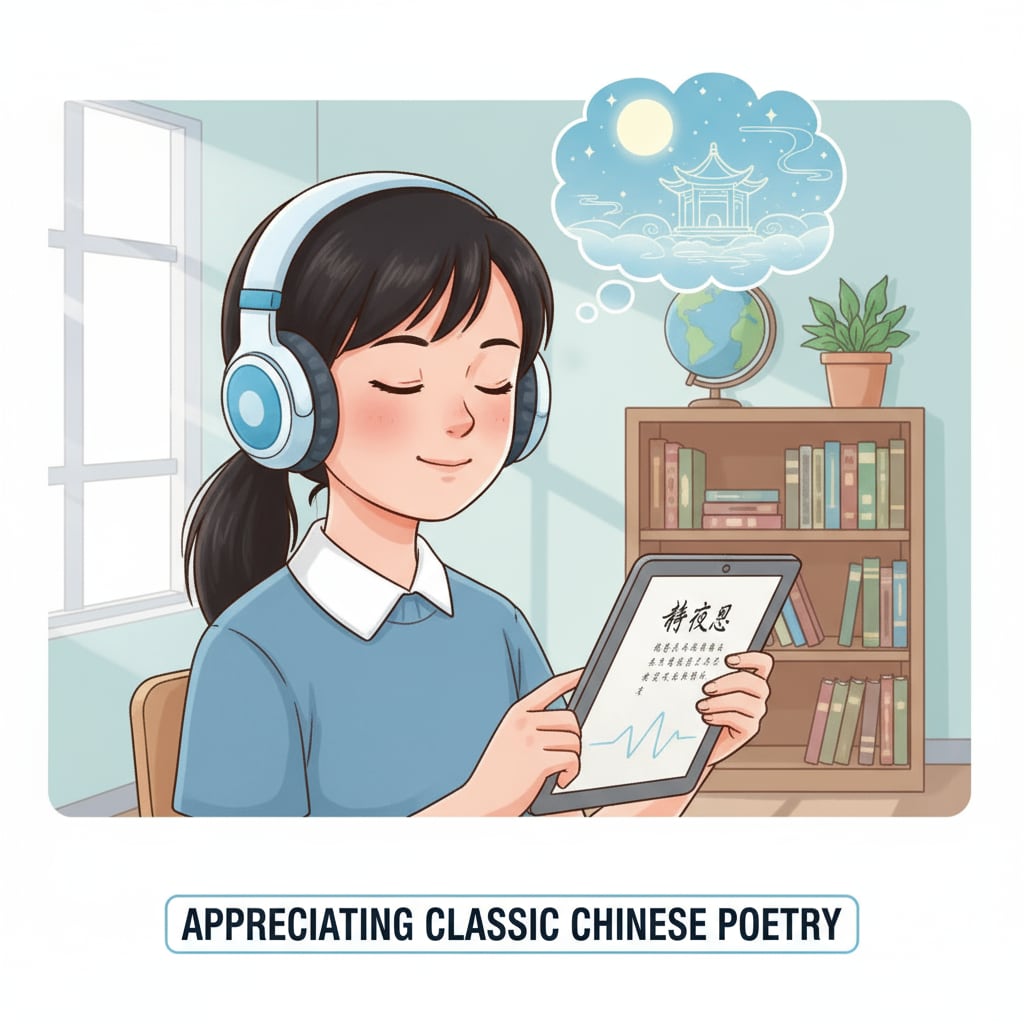In the realm of junior high school Chinese language teaching, the relationship between audiobooks, reading fluency, and overall language education is a topic of great significance. As educational methods evolve, understanding how to balance the use of audiobooks and traditional reading is crucial for students’ development.

The Advantages of Audiobooks in Chinese Language Teaching
Audiobooks bring several benefits to junior high school Chinese language teaching. Firstly, they are excellent tools for cultivating students’ language sense. By listening to professional narrators pronounce words, phrases, and sentences with proper intonation and rhythm, students can better understand the flow and musicality of the Chinese language. For example, when listening to classical Chinese poems being recited, students can feel the beauty of the language’s rhyme, which is difficult to achieve solely through silent reading. Language learning on Wikipedia

The Potential Pitfalls of Over-reliance on Audiobooks
However, over-reliance on audiobooks may lead to problems in students’ reading fluency development. Reading fluency involves not only understanding the text but also being able to read it smoothly and accurately. When students rely too much on audiobooks, they may miss out on the opportunity to practice reading words, phrases, and sentences on their own. This can result in slower reading speeds and difficulties in quickly comprehending written text. As a result, it is essential to find a balance. Reading ability on Britannica
To address this issue, educators should adopt a teaching strategy that integrates both audiobooks and traditional reading. For instance, teachers can start a lesson by playing an audiobook to introduce a new text, allowing students to get a general sense of the content and language style. Then, have students read the text silently or aloud, practicing their reading skills. This way, students can benefit from the advantages of both methods.
Readability guidance: In summary, audiobooks have their unique advantages in junior high school Chinese language teaching, such as cultivating language sense. However, we must be cautious about over-reliance to ensure students’ reading fluency development. By integrating these two reading methods, we can achieve a more balanced and effective Chinese language teaching environment.


